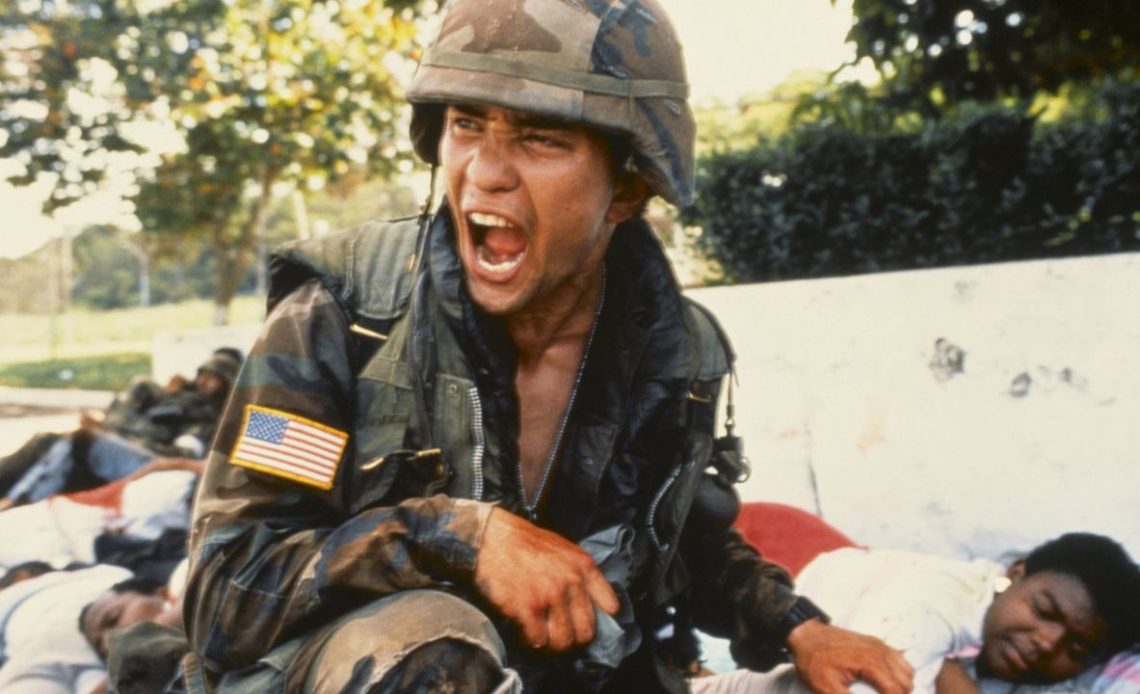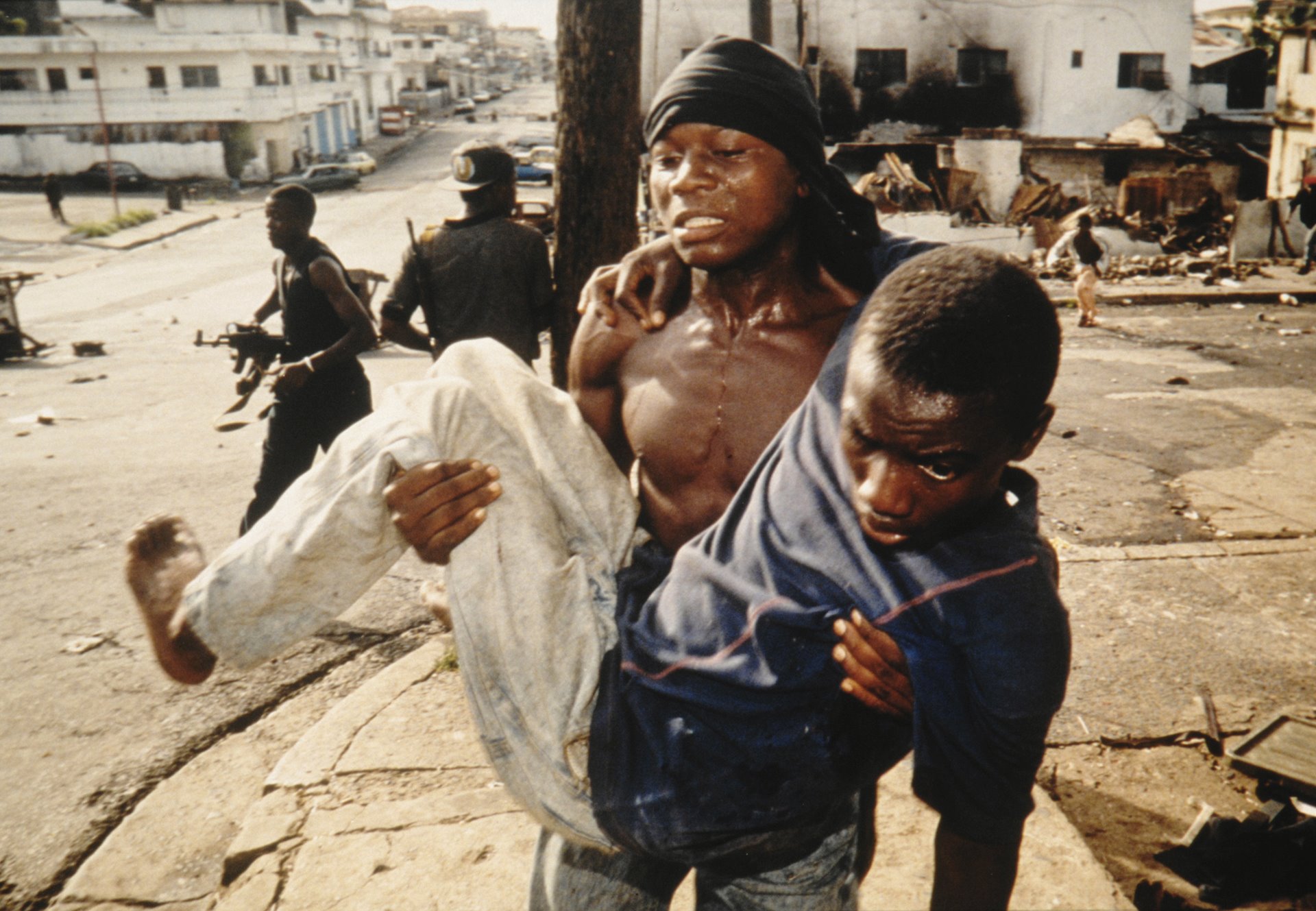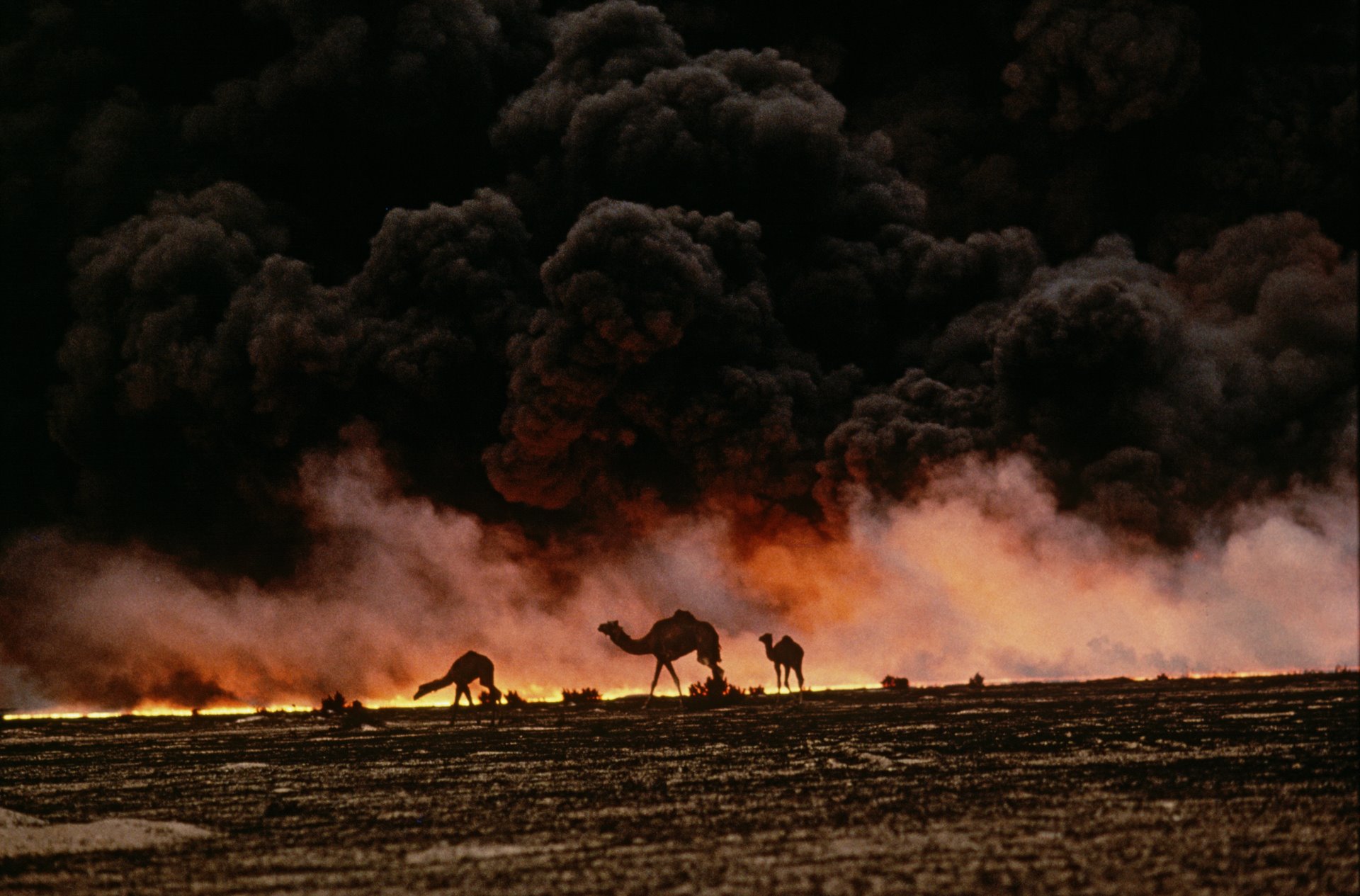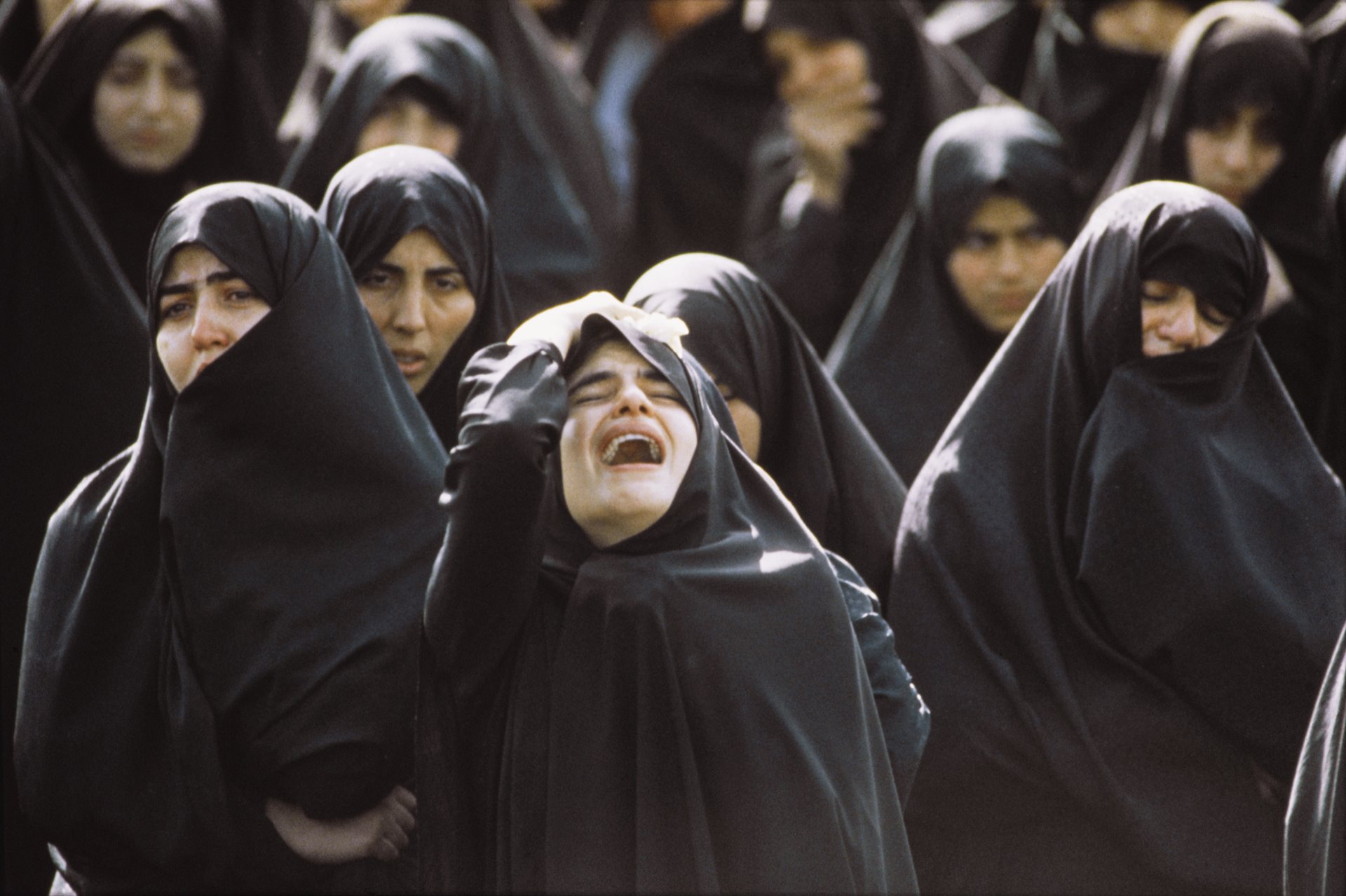
In 2025, World Press Photo marks a milestone few organizations can claim: seven decades of shaping how we see the world. To celebrate its 70th anniversary, the organization is opening a major exhibition, What Have We Done? Unpacking Seven Decades of World Press Photo, curated by the acclaimed artist and photographer Cristina de Middel.
The show is more than a retrospective. It is a critical exploration of the patterns, assumptions, and storytelling traditions that have governed press photography, inviting audiences to confront the images that have long shaped our understanding of global events.
The world premiere takes place on September 19, 2025, at the Niemeyerfabriek in Groningen, one of the Netherlands’ leading platforms for lens-based media. The exhibition runs until October 19, before traveling internationally to other locations yet to be announced.

The past seventy years of World Press Photo images are mirrors reflecting society’s biases, assumptions, and visual habits. From harrowing conflict coverage to intimate human moments, the archive has long given photographers a platform to illuminate stories that might otherwise go unseen. Yet exploring it also means confronting uncomfortable truths: which voices were underrepresented, which images reinforced stereotypes, and which decisions, however unintentional, shaped public perception in ways the press may never have anticipated.
De Middel’s exhibition asks viewers to do more than admire iconic photographs; it challenges them to rethink how they read images, to recognize recurring visual patterns, and to question why certain stories and perspectives dominate global attention, and why some do not.
Among these patterns, certain motifs recur across decades. Images of weeping women paired with men in action quietly reinforce gendered ideas of vulnerability and strength, while war photography frequently humanizes some soldiers while reducing others to symbols of aggression. At the same time, aesthetic compositions of debris and destruction risk romanticizing chaos and masking the human cost of conflict.

The show features over 100 photographs spanning seven decades, including iconic work by Horst Faas, Don McCullin, David Chancellor, Eddie Adams, and Steve McCurry, alongside contemporary voices such as Johanna Maria Fritz and Sara Naomi Lewkowicz.
These images provide a rare opportunity to witness the evolution of visual language while reflecting on the ethical, cultural, and aesthetic choices that underpin photojournalism. Cristina de Middel describes the exhibition as an invitation to see with a sharper and more critical eye, emphasizing that if history repeats itself, the way we narrate it must evolve.
Joumana El Zein Khoury, Executive Director of World Press Photo, underscores that examining recurring visual patterns opens space for reflection and dialogue, acknowledging both the archive’s strengths and its limitations.
At seventy, World Press Photo is asking us to examine the power of photography to shape understanding and to confront what we may have overlooked. This exhibition challenges viewers to ask difficult questions: what do we choose to see, what have we been shown, and what have we done with it? Through its images, What Have We Done? is both a celebration of photography’s impact and a call to approach visual storytelling with sharper eyes and deeper awareness.
Find out more about What Have We Done? on the official World Press Photo website.

Author: Kalum Carter
Source: DigitalCameraWorld
Reviewed By: Editorial Team



